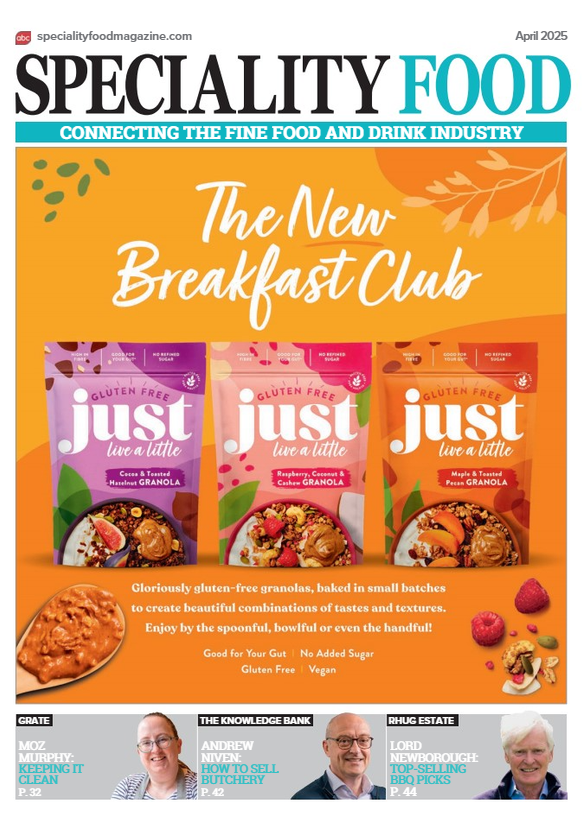“Homing in on the range”

- “Sticky fingers”
- “Everyone’s a winner”
- “Myths and legends of Turophilia”
- “When ‘cheese’ is not cheese”
- “Don’t disrespect the Cheddar”
I spent a happy morning proofreading the entries for this year’s British Cheese awards
As I scanned the entries, my imagination savoured the tastes, textures and smells of this pantheon of cheese. There were many names new to me, and I made a note to check them out, as will many retailers, looking for new additions to their stock ranges. From the wartime ‘year zero’ of Government Cheddar (and nothing else), our industry has grown to provide a dazzling variety that almost no shop could display in its entirety, even were they to ignore the continental classics. So how do most retailers choose what to stock, display and hopefully, sell?
Generally a speciality food shop will have a mixture of cheeses chosen for their show-stopping quality, and those that are more basic, but will generate the majority of the turnover. The first type adds to retail brand equity; the second improves the bottom line. I chose to specialise in West Country cheese, as I had a sizeable tourist clientele, and this informed most of my selection of cheeses to stock. Others have chosen to specialise in raw/unpasteurised milk cheese, or continental cheese. Customers learn to know what to expect from each cheese shop.
Like cheese itself, a shop’s range is best when it’s a living thing, changing and maturing with the seasons, reflecting what’s new to capture the imagination and wallets of the customers. It is vital to step back every now and then, to take a hard look at what we have on offer, and also check that each line is still delivering the expected gross profit. However, if we don’t have the luxury of unlimited space and a growing market, then something will have to be de-listed as each new line is added. Otherwise, the cheese range can grow like a weed.
A major retail chain owner told me a cheese story that illustrates how a range can have a life of its own, effectively running away from the rest of the business and, even worse, the customers. Returning to the food chain he had founded, after exit and buy-back, the mass-market retailerwas astounded to see the breadth, variety and quality of cheeses now on offer in the chillers. At the next board meeting he unveiled two whiteboards – one with pictures of the cheeses, and another with headshots of the chain’s customers. The chairman challenged his directors to match the cheese with the shopper. None seemed to belong together. “That’s because they want mild Cheddar!” opined the retail titan. Sometimes common sense can be our best guide.
If our range doesn’t evolve, our offering will start to appear ‘stale’ to regular customers, but I suggest this is best done as part of a regular process, via ‘cheeses of the month’, and by featuring award-winning cheeses as the competitions’ results are announced. I made a major mistake in stocking some lovely Chaource after it had been featured as the readers’ favourite in a weekend supplement - some of my customers came in that Saturday and asked for it; by the time I was able to stock and
display them, interest had moved on. I had a bunch of great cheeses that I had to push hard to move through.
Now if I’d had advance warning of the coverage, it would have been a different story. But I kept trying new things, and would never retreat to just offering “mild Cheddar”!
more from Town Crier
-
“Black and White thinking”
08 August 2019 Town CrierLast time around I suggested trumpeting the benefits of the produce we offer, and the importance of conveying its taste and of making each purchase viscerally appealing. -
“We’re a resourceful bunch”
17 May 2019 Town CrierIt’s almost exactly 10 years ago that I sat down to create the first business plan for my cheesemonger. -
“Waxing lyrical”
12 February 2019 Town CrierOn a family holiday to Normandy in 1965, my parents and their adult friends were hugely excited by Livarot and Camembert – seldom seen back home in Hampshire.

